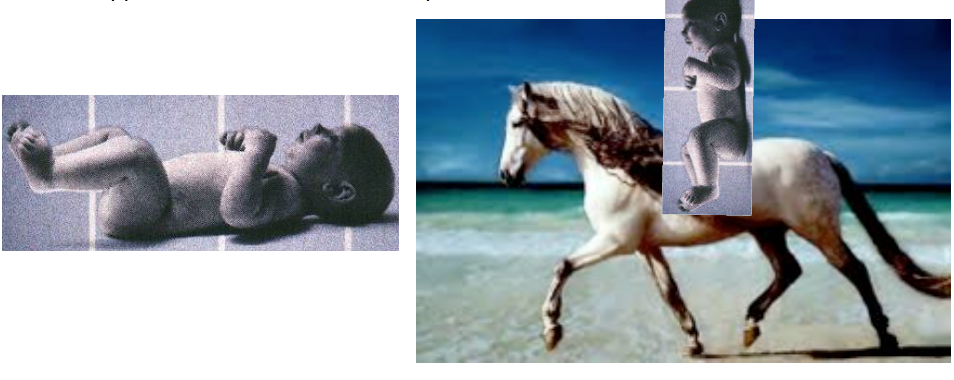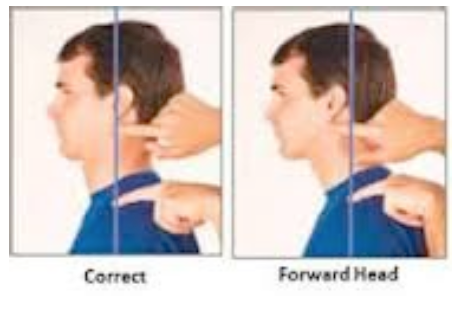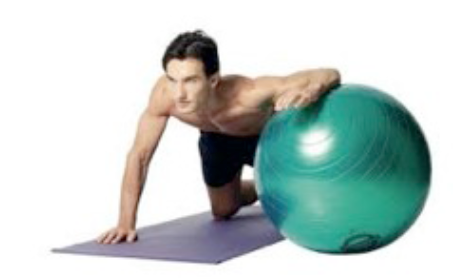We are all aware of posture both in the work place and sport. In general the better our posture and balance the less likely hood we are to get injured or have those little aches and pains.
Interestingly when it comes to Equestrian sports, this becomes even more important. An interesting study looked at the spinal health of horses and found that it was actually the riders imbalances and poor posture that leaded to the horse becoming injured and having particular stresses placed on their spines (Lesimple et al, 2010).
Speaking to dressage trainers, they will often say that a horses stride can be effected by the riders shoulder blade position and that you can bring a horse to a stop by just using your abdominal muscles.
This is why posture and muscle balance of the rider is paramount to the horse’s health, performance as well as the riders spinal health.
Sagittal plane stability and posture is perfected within us at the age of about 4 months old.
This is when the shoulder blades, spinal angles and pelvis all become aligned and the muscular support is there to hold these in position.

As we age, play sports and/or become more sedentary (sitting for long hours) we develop muscular imbalances that pull us out of this ideal balance and posture. Take for example the picture below of our head position when standing. In normal posture our cheek bone should be over our collar bone. As our head starts to migrate forward it increases the weight of the head. For every 2.2cm forward the head weight would double. Now on average over the last 14 years of measuring this postural position I have found a measurement of 5.5cm.

Now when we stand and the head goes forward the hips/pelvis shift forward to get under the head so our base of support is most efficient. Now this action alone changes the weight distribution through our feet, low back, upper back and neck. It increases tone through the neck muscles as well as our chest and abdominals (rectus abdominous primarily). Now consider the same weight distribution when we are riding. The likely hood would be for the pelvis to tilt forward (increasing the arch in the lower back curve) our shoulders would round, you would more than likely grip the reins harder and you would bring the knees forward and up. All these postural changes would cause the riders weight to shift forward onto the horse’s neck and create tension in his back.

The beauty about the body is that posture can change. We can stretch certain muscles that become tight (chest) and strengthen those that are weak (upper back). Postural rebalancing is more effectively completed out of the saddle as even when you are trying to sit up right or bring your shoulders back during riding, the muscles that are tight will still try and work more (Law of Facilitation). This means that the chest muscles for example still get worked much more than the back muscles. So by setting a side about 10 minutes a day you could really change your riding posture, but also look after your horses health. Try the two exercises below.
Pectoralis Minor Stretch – 30 seconds each side

Begin by kneeling on the floor on all fours with the hands under the shoulders and the knees under the hips. Place one arm onto the Swiss ball/chair at 90º, ensuring that the shoulder is in contact with the ball, whilst maintaining your neutral posture on all fours. From here slowly lower the shoulder of the arm on the ball to feel the stretch on the front of the shoulder/chest. As the stretch eases off slowly try to drop lower.
T4 Wall Slide – 12-15 Reps

Stand against a wall and move your feet about 1 feet away. Put your arms in the position as shown in picture A. From here inhale and then as your exhale raise your arms above your head as you squat down as far as you can comfortably. Try and keep your low back against the wall throughout.
Inhale again as you raise back up.






